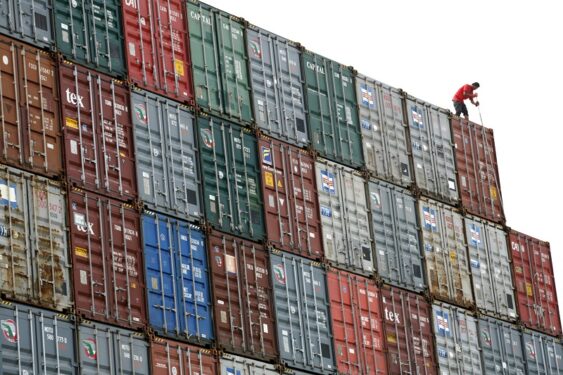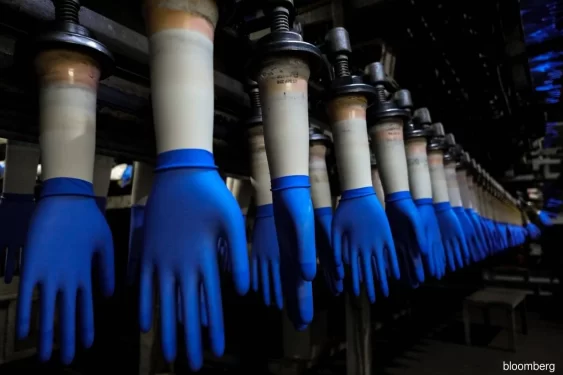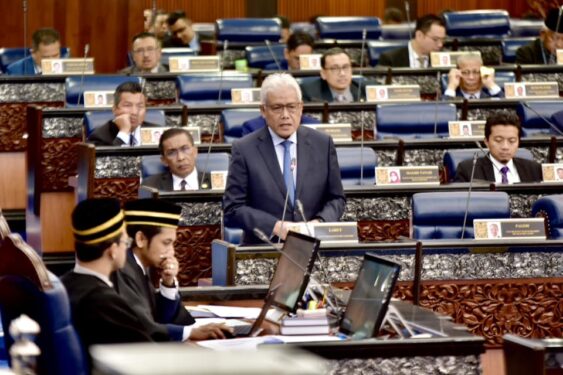
By Xavier Kong
MOST companies are now able to reopen provided they can follow guidelines but there arise concerns that the whole deal seems to have been done a bit hastily, with insufficient time for companies to get their standard operating procedures (SOP) in order.
Yes, yes, there were already companies operating. Essential services have not stopped functioning, followed by those companies that received permission from the Ministry of International Trade and Industry (MITI) to operate at 50% capacity. This was then pushed to 100% capacity.
Now, almost every sector is allowed to operate, as long as the companies stick to the SOP and the guidelines issued by the Ministry of Health. These include safe social distancing, temperature screening at entrances, the use of masks, hand sanitisers, and soap and water, as well as making sure common areas are regularly cleaned.
Still, with the need to stick to the new normal hovering over these companies, quite a number of which are excited to re-open, the question comes down to whether these companies are actually ready to do so?
Honestly, the devil here really lies in the details. It’s all fine and dandy for the government to make sweeping statements that it’s for companies to go forth and do business; it comes back down to the companies themselves being able to put the measures into place.
Channel checks show that there are some eateries in the Klang Valley which are maintaining the no dining-in rule, and are sticking strictly to delivery and takeaway for now. At the same time, a number of companies remain cautious about opening their businesses at full capacity; rather, they are requiring their staff to come in on alternate days and to work from home where they can.
Of course, the inverse is also true, with some companies taking this as a sign that the Movement Control Order (MCO) is over and they are coming back in full force, either being fully prepared or winging it as far as the guidelines are concerned. Thankfully, schools and learning institutions are to remain closed for the time being.
But let’s take a look at that devil that is the details. First comes the issue of spacing. Prior to the MCO, cosy office spaces where a meter’s distance is a luxury happens to be the norm, with the concept of the open office continuing to rear its head even when it has been proven that the concept actually lowers productivity.
Now, with the need to maintain distance, how are companies supposed to operate at 100% capacity, especially if all of the staff are required to be at work at the same place and at the same time?
On that note, let’s take a look at the transmission vector that is the public transport system. Ask any Malaysian who has taken public transport during rush hour and he or she can attest that 1.5m between passengers is laughably impossible.
At the same time, with the need for Malaysians to start work at about the same time, it comes back down to either dealing with long queues, or leaving for work the night before to arrive on time.
Either way, the victims here remain the everyday Malaysians, who have to adhere to the social distancing rules if they are to use the public transport system, and this will take time to iron out.
When it comes down to it, this move to allow companies to operate at 100% with most sectors reopened feels like a hasty move on the part of the government. Reading between the lines of what the prime minister has said with regards to how Malaysia is losing RM2.4 bil a day, have the coffers run dry, thus requiring this hasty reopening of the economy?
Sure, he says it is for the people who are eager to get back to work due to affected livelihoods, but will this be at the cost of more lives being lost to Covid-19? Only time will tell if his gamble has paid off. – May 4, 2020










